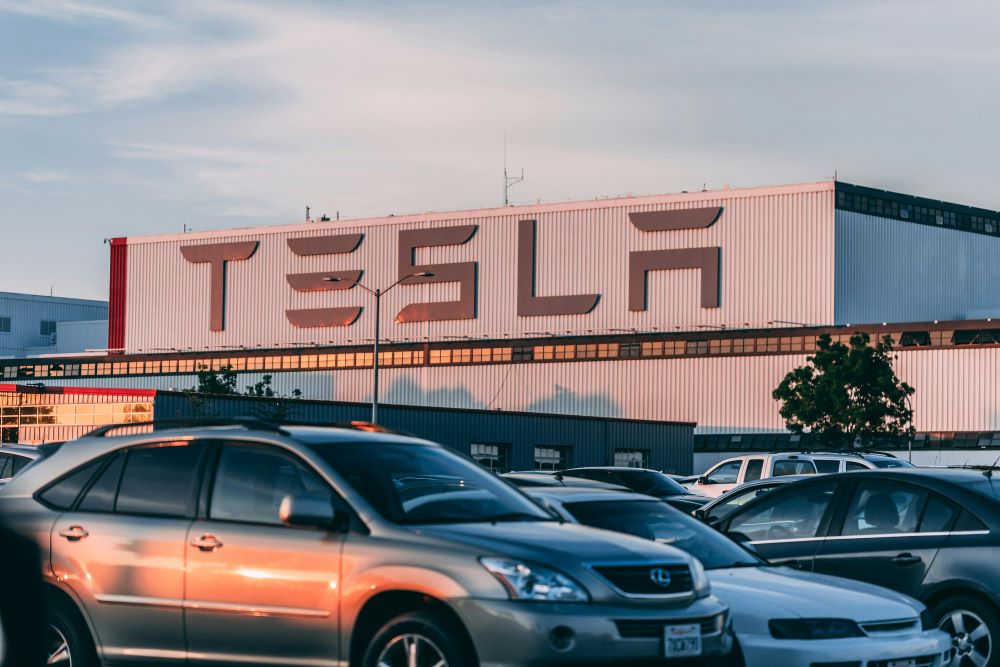An overhyped event, the truth about the lockouts and Uber looks to Tesla. LegalRideshare breaks it down.
Analysts pan Tesla Hollywood event, NYC drivers unfairly locked out, and an eventual Uber-Tesla partnership? It’s all here in This Week in Rideshare.
“WE, ROBOT” LEAVES QUESTIONS
The Tesla event left more questions than answers. Wall Street Journal reported:
The gathering was ostensibly for Tesla to unveil a robotaxi vehicle and related service, but it was light on details about the cars and included even less about a service. Tesla Chief Executive Elon Musk spent barely 20 minutes on stage (after arriving nearly an hour late).
Tesla shareholders were flummoxed. “That’s it? Disappointing lack of detail,” read the headline of a report Friday by the Morgan Stanley analyst Adam Jonas, a noted Tesla bull.
“Twenty-minute robotaxi event concludes six months of Uber event worry,” Justin Post of BofA Securities noted to clients. “Tesla’s toothless taxi is a best-case outcome for Uber,” John Colantuoni of Jefferies wrote in his report.
Musk, of course, actually needs to get those Cybercabs rolling first. And that also will be challenging — likely more so than he envisions. Building the cars is one thing, but Tesla also needs to be certified for full, unsupervised self-driving in the states where it plans to sell them.
That is typically a multiyear process, though Musk claimed Thursday that the company intends to have such driving available for its Model 3 and Y vehicles in California and Texas next year. In their report Friday, Bernstein’s analysts said, “We continue to struggle to see Tesla overcoming the technological and regulatory hurdles needed to leapfrog current level 4 robotaxis.”
DRIVER LOCKOUT DEVASTATION
The driver lockouts in NYC were nothing short of devastating. New investigations by Bloomberg reported:
Under a local law, drivers are supposed to be paid even for the time they spend between trips. But Uber and Lyft found a money-saving loophole: Simply prevent them from logging into the apps, erasing some of their working time from the record. Because these so-called lockouts happen without warning, and can last anywhere from several minutes to several hours, drivers have had to work longer to keep their wages up. And in many cases, they can’t.
By making drivers seem busier on paper, the companies set themselves up to save as much as hundreds of millions of dollars in driver payouts, according to Bloomberg estimates — all while telling the drivers, falsely, that the lockouts were required because of the law.
It’s not good news for riders either. By keeping drivers locked out in surge zones, the rideshare companies further limited the supply of drivers in a way that may have led to even higher prices for passengers. Of the 3,700 screenshots of lockouts with a discernable location collected for this investigation, more than 430 were reported by drivers near a surge zone confirmed by Bloomberg.
Without the lockouts, the rideshare companies would likely have to pay tens or even hundreds of millions of dollars more when TLC resets the citywide utilization rate early next year. If drivers hypothetically had the same exact rides as they did in the first half of 2024, even a one-percentage point drop in the rate would mean that Uber’s minimum payment over a six-month period would go up by around $29 million, according to Bloomberg’s calculations.
UBER LOOKS TO TESLA
Uber’s CEO has hinted about a Tesla collab. Business Insider reported:
Uber CEO Dara Khosrowshahi says going head-to-head with Elon Musk can be tough — so he’s open to partnering with him.
Khosrowshahi told the Financial Times that he would “love” to offer Tesla’s robotaxis on Uber’s ride-hailing platform when they are safe and ready to use.
“Obviously, competing with Elon Musk is no easy matter, and we take nothing for granted; we really want to partner with the autonomous industry,” he told the FT in an interview that aired Tuesday.
He sees three potential paths for Uber once Tesla launches its robotaxis: competing with the EV giant, working with Musk’s company to have its autonomous vehicles on its network, or combining the two.
He added: “We’d love to have it on the platform, but if not, I don’t think this is going to be a winner-take-all marketplace. We believe in the spirit of partnership; we’ll see what Tesla does.”
LegalRideshare is the first law firm in the United States to focus exclusively on Uber®, Lyft®, gig workers, delivery and e-scooter accidents and injuries. Consultations are always free.
LegalReader thanks our friends at LegalRideshare for permission to share this article. The original is found here.


Join the conversation!